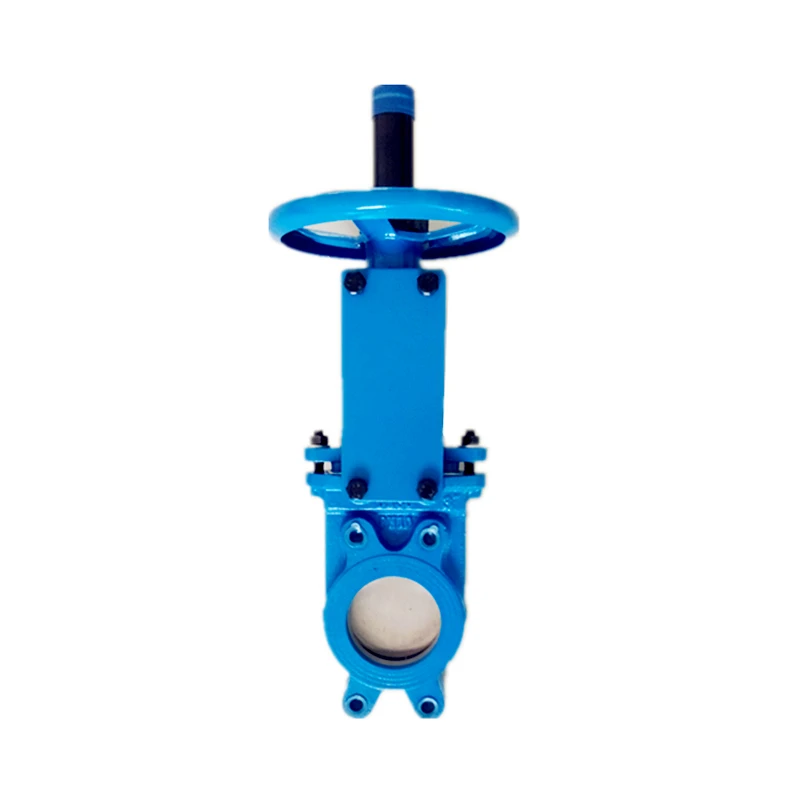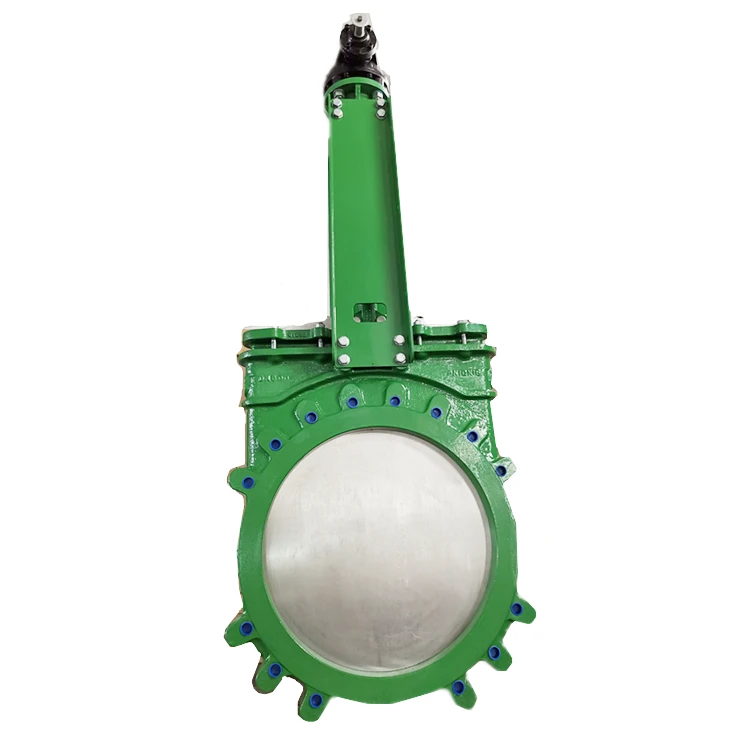Understanding Knife Gate Valves Actuators and Flow Direction Options
Key Takeaways
Knife gate valves are crucial components in various industrial applications due to their reliability and control over fluid flow. The actuator options for these valves vary widely, accommodating different operational needs. When considering an air-operated knife gate valve, one benefits from a design that allows for quick response times and minimal manual effort, enhancing operational efficiency. In contrast, a standard actuator knife gate valve may use electric or hydraulic mechanisms, providing flexibility depending on the project's specific demands.
Understanding the difference between bidirectional and unidirectional knife gate valves is essential for proper application. A bidirectional valve allows flow in both directions, making it suitable for systems requiring versatility in fluid movement. Conversely, a unidirectional valve restricts flow to one direction, ensuring that backflow is prevented, which can be crucial in systems dealing with hazardous materials or ensuring process integrity.
The uniqueness of AVK knife gate valves lies in their robust construction and adaptability to various industrial environments. Known for their durability, these valves are suitable for handling tough media such as slurries and other viscous materials. Industries such as sewage treatment, mining, and pulp and paper manufacturing frequently utilize these valves due to their efficiency in managing the complexities of diverse liquids.
Decisions on which type of knife gate valve to utilize depend heavily on the specific environment and application requirements, with consideration given to both operation methods and flow direction preferences. Understanding these aspects enables professionals to select the most appropriate valve solution that aligns with operational goals while maintaining system integrity.
Understanding Actuator Options for Knife Gate Valves
Knife gate valves are equipped with various actuator options that enhance their functionality and usability in different applications. The choice of actuator significantly influences operational efficiency and control. A common option is the air-operated knife gate valve, which utilizes pneumatic pressure to open or close the valve, providing rapid response times and eliminating the need for electrical power sources. This type of valve is particularly beneficial in process automation environments where reliability and speed are crucial.
The actuator knife gate valve technology also includes electric actuators that offer precise control over valve position, catering to systems requiring consistent flow regulation. Electric actuators provide robust performance and are suitable for applications where air supply is limited or incompatible.
When considering actuator options, it is important to align the choice with the specific operational requirements and environmental conditions of the application. Each type offers distinct advantages, allowing engineers to select a solution tailored to their needs.
"When choosing an actuator, consider factors such as safety standards, energy efficiency, and maintenance requirements."
In summary, understanding the various actuator options available for knife gate valves enables informed decision-making in fluid handling systems, thereby enhancing overall system performance in diverse industrial settings.
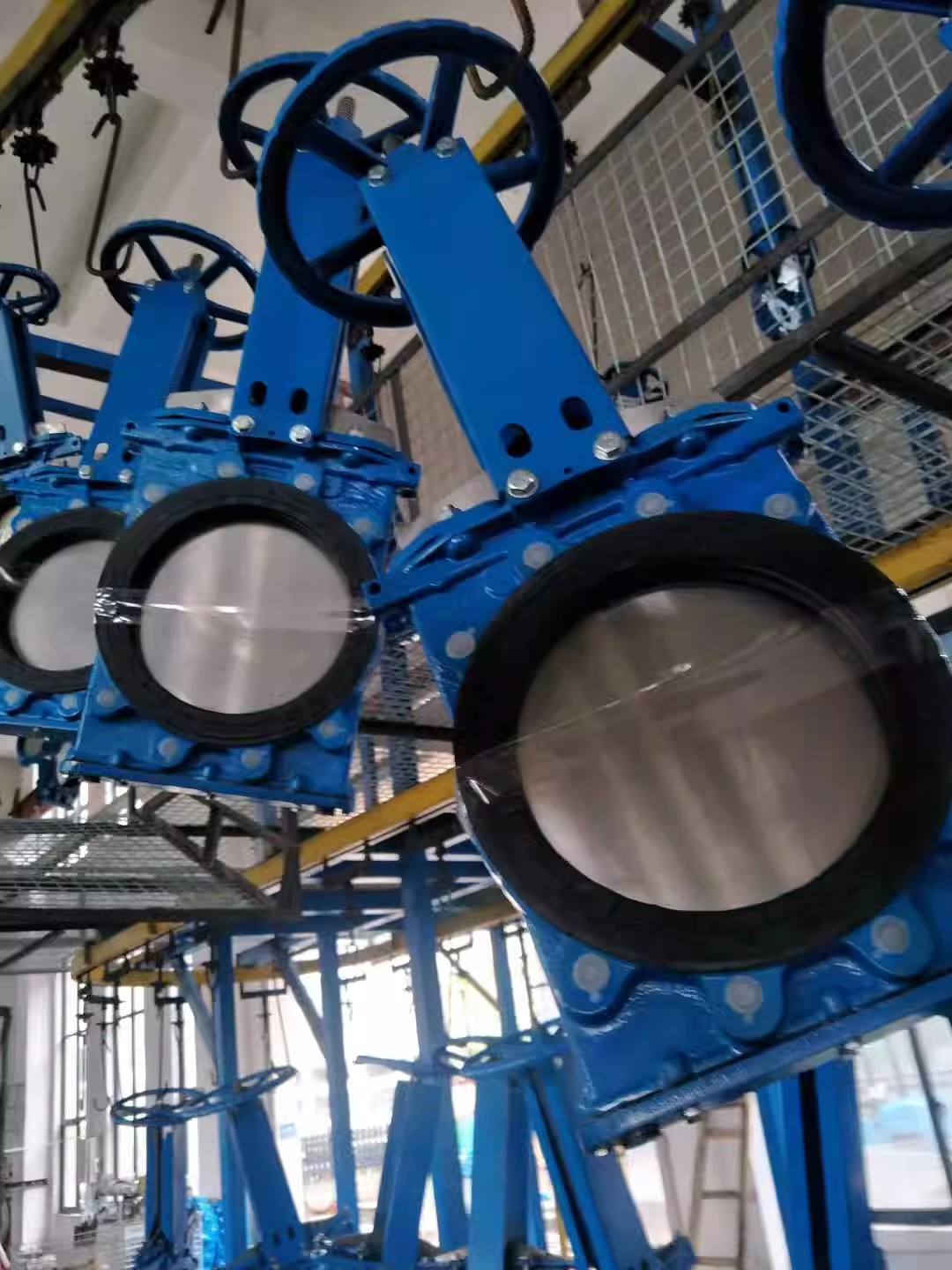
Air-Operated Knife Gate Valves: Functionality and Advantages
Air-operated knife gate valves are a vital component in modern industrial applications, known for their simple yet effective design that facilitates reliable flow control. Utilizing compressed air, these valves are operated remotely, enhancing efficiency in systems where manual intervention is impractical. One of the key benefits of air-operated knife gate valves is their ability to provide a tight seal while minimizing downtime during operation. The actuator knife gate valve configuration helps in reducing wear on the valve seat, which prolongs its lifespan and maintains system integrity.
The design of air-operated models allows for smooth actuation, ensuring that even high-viscosity fluids do not compromise performance. These valves are adaptable to a wide range of pressures and flow conditions. Industries such as wastewater treatment, food processing, and chemical manufacturing leverage their functionality due to the ability to handle slurries and particulates effectively.
In addition to functionality, safety remains a top priority. The actuator systems can be equipped with emergency stop features and fail-safe options that ensure operations halt securely in case of air supply failure. Thus, the integration of air-operated knife gate valves not only optimizes performance but also enhances workplace safety standards.
Overall, these valves present considerable advantages through improved operational efficiency and reliability in various industrial scenarios. As technologies evolve, so does the potential for further innovations within the realm of knife gate valve actuators, pushing boundaries on functionality while ensuring robust performance across diverse applications.
Bidirectional vs Unidirectional Knife Gate Valves: Key Differences
Understanding the differences between bidirectional and unidirectional knife gate valves is crucial for selecting the right component for specific applications. Bidirectional knife gate valves allow flow in both directions, which can be essential in systems where the direction of flow may change, ensuring flexibility in operations. These valves feature a design that facilitates a tight seal regardless of the flow direction, minimizing leakage and enhancing efficiency. In contrast, unidirectional knife gate valves are designed for flow in only one direction. Typically employed in applications where fluid flow is consistently oriented, these valves provide an advantage in preventing backflow that could otherwise cause system inefficiencies or damage. The choice between these two types also hinges on factors such as installation constraints, system design requirements, and operational pressures. Understanding these distinctions enables engineers to make informed decisions that optimize system performance and reliability while reducing maintenance needs over time.
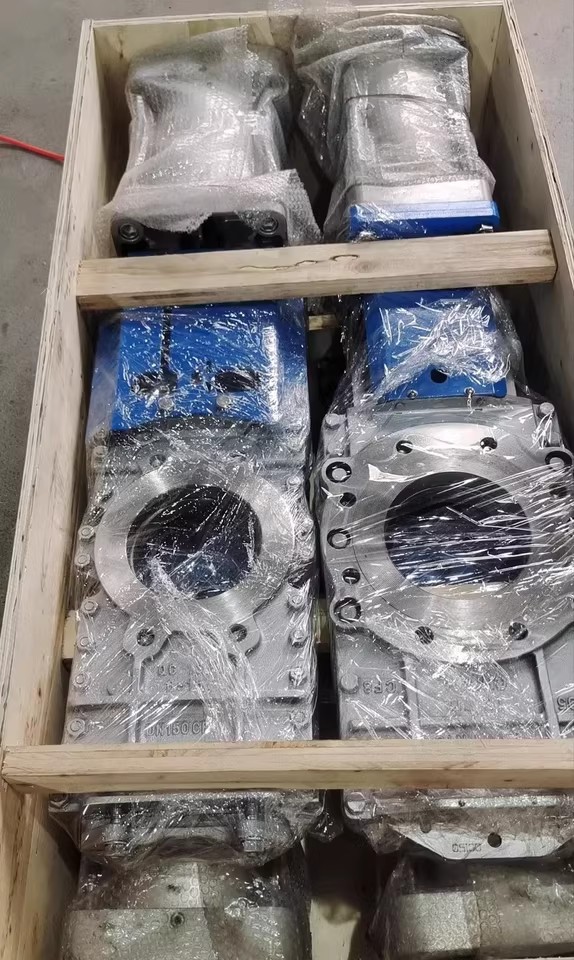
Exploring AVK Knife Gate Valves: Features and Industrial Applications
AVK knife gate valves are renowned for their robust design and reliability, making them essential in various industrial applications. These valves feature a knife-like blade that slices through the medium, providing an efficient sealing mechanism suitable for handling slurries, wastewater, and other challenging materials. Their construction typically allows for a bidirectional flow pattern, which enables the valve to effectively control the movement of fluids in both directions. In contrast, models optimized for unidirectional flow can offer specific applications where the direction of fluid movement is imperative to system integrity. The characteristics of AVK knife gate valves include options for actuators, which can be pneumatic or manual, enhancing flexibility in operation. The use of air-operated knife gate valves is particularly advantageous in applications requiring rapid response times and automation in process control. Their design incorporates durable materials to ensure longevity even in corrosive environments, making them suitable for industries such as oil and gas, mining, and wastewater treatment. The integration of these features enables AVK knife gate valves to meet diverse operational needs while ensuring efficiency and effectiveness across various sectors.
Feature | Bidirectional | Unidirectional |
|---|---|---|
Flow Direction | Allows flow in both directions | Restricts flow to one direction |
Application Suitability | Versatile across multiple systems | Specific systems where flow direction is critical |
Actuator Options | Manual or pneumatic | Manual or pneumatic |
Durability | High | Moderate |
The adoption of AVK knife gate valves not only enhances operational efficiency but also ensures adherence to safety standards within industrial environments.
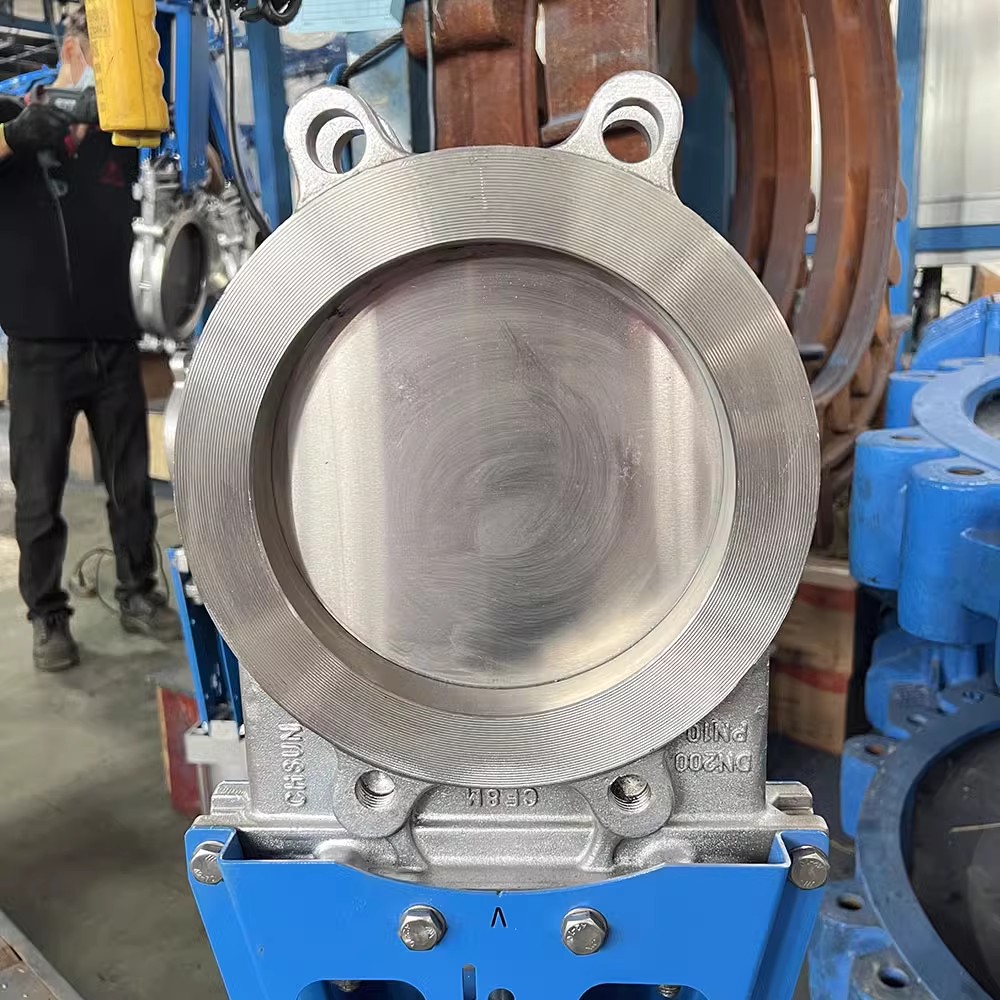
Conclusion
Knife gate valves play a crucial role in various industries, providing effective control over the flow of liquids and slurries. The actuator options for these valves, such as electric and air-operated designs, enhance their functionality and adaptability in diverse applications. The distinction between bidirectional and unidirectional knife gate valves is significant, as it determines the direction of flow control. Bidirectional valves allow flow in both directions, making them versatile for systems requiring flexibility, while unidirectional valves are tailored for specific flow directions, ensuring safety and efficiency. The AVK knife gate valve stands out for its innovative features and reliability, catering to industries such as wastewater treatment, mining, and pulp and paper. These valves are designed to handle harsh conditions while maintaining optimal performance. Their robust construction and user-friendly design further solidify their position as essential components in effective flow management systems. Understanding these elements enables professionals to make informed decisions when selecting the appropriate knife gate valve to meet operational demands.
FAQs
What is an actuator knife gate valve?
An actuator knife gate valve is a type of valve operated by an actuator, which opens or closes the gate, enabling control of the flow of fluids through a pipeline. Actuators can be electric, pneumatic, or hydraulic, providing flexibility in operation.
How does an air-operated knife gate valve function?
An air-operated knife gate valve utilises air pressure to operate the actuator that controls the gate. This design allows for rapid open and close actions, making it suitable for applications requiring efficient flow management in various industrial settings.
What are the differences between bidirectional and unidirectional knife gate valves?
A bidirectional knife gate valve allows fluid flow in both directions, making it versatile for systems where pressure can come from either side. In contrast, a unidirectional knife gate valve is designed to permit flow in only one direction, ensuring effective containment of backflow in critical applications.
What are the key features of AVK knife gate valves?
The AVK knife gate valves are known for their robust construction and reliable sealing capabilities. They incorporate features such as abrasion resistance and tailored sizes to meet specific industry needs. Their application spans across wastewater treatment, mining, and various fluid handling operations.
Why are knife gate valves preferred in certain industries?
Knife gate valves provide efficient isolation capabilities and handle challenging media such as slurries or solid-laden fluids effectively. Their simple design contributes to low maintenance costs while ensuring durability and performance in demanding environments.

